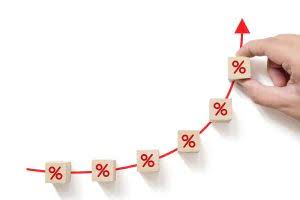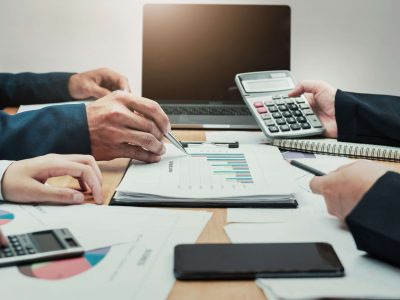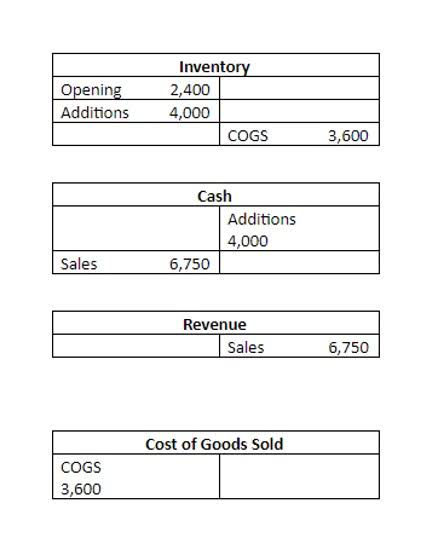De Lange Assurantiën
Double Declining Balance Method DDB Formula + Calculator

The workspace is connected and allows users to assign and track tasks for each close task category for input, review, and approval with the stakeholders. It allows users to extract and ingest data automatically, and use formulas on the data to process and transform it. Eric Gerard Ruiz, a licensed CPA in the Philippines, specializes in financial accounting and reporting (IFRS), managerial accounting, and cost accounting. He has tested and review accounting software like QuickBooks and Xero, along with other small business tools.
Management

Depreciation helps businesses match expenses with revenues generated by the asset, ensuring accurate financial reporting. To illustrate the double declining balance method in action, let’s use the example of a car leased by a company for its sales team. This will help demonstrate how this method works with a tangible asset that rapidly depreciates. FitBuilders estimates that the residual or salvage value at the end of the fixed asset’s life is $1,250. Since we already have an ending book value, let’s squeeze in the 2026 depreciation expense by deducting $1,250 from $1,620. Here’s the depreciation schedule for calculating the double-declining depreciation expense and the asset’s net book value for each accounting period.
- Double-declining depreciation charges lesser depreciation in the later years of an asset’s life.
- For the second year of depreciation, you’ll be plugging a book value of $18,000 into the formula, rather than one of $30,000.
- Because most accounting textbooks use double declining balance as a depreciation method, we’ll use that for our sample asset.
- Depreciation helps businesses match expenses with revenues generated by the asset, ensuring accurate financial reporting.
- Consequently, there are several serious disadvantages to using the double declining balance method.
Free Double Declining Balance Depreciation Template (Calculator)

However, the final depreciation charge may have to be limited to a lesser amount to keep the salvage value as estimated. DDB is best used for assets that lose value quickly and generate more revenue in their early years, such as vehicles, computers, and technology equipment. This method aligns depreciation expense with the asset’s higher productivity and faster obsolescence in the initial period. You can calculate the double declining rate by dividing 1 by the asset’s life—which gives you the straight-line rate—and then multiplying that rate by 2.
HighRadius Named an IDC MarketScape Leader for the Second Time in a Row For AR

In the step chart above, we can see the huge step from the first point to the second point because depreciation expense in the first year is high. This concept behind the DDB method matches the principle that newly purchased fixed assets are more efficient in the earlier years than in the later years. To calculate the depreciation expense for the first year, we need to apply the rate of depreciation (50%) to the cost of the asset ($2000) and multiply the answer with the time factor (3/12). First-year depreciation expense is calculated by multiplying the asset’s full cost by the annual rate of depreciation and time factor. Depreciation is an accounting process by which a company allocates an asset’s cost throughout its useful life. In other words, it records how the value of an asset declines over time.
- If you’ve been penalized by the IRS for late tax filing or unpaid tax debt, IRS one-time forgiveness might be for you.
- Adam Hayes, Ph.D., CFA, is a financial writer with 15+ years Wall Street experience as a derivatives trader.
- However, the management teams of public companies tend to be short-term oriented due to the requirement to report quarterly earnings (10-Q) and uphold their company’s share price.
- Next year when you do your calculations, the book value of the ice cream truck will be $18,000.
- The difference is that DDB will use a depreciation rate that is twice that (double) the rate used in standard declining depreciation.
and Reporting

You get more money back in tax write-offs early on, which can help offset the cost of buying an asset. If you’ve taken out a loan or a line of credit, that could mean paying retained earnings balance sheet off a larger chunk of the debt earlier—reducing the amount you pay interest on for each period. In later years, as maintenance becomes more regular, you’ll be writing off less of the value of the asset—while writing off more in the form of maintenance.

The DDB method accelerates depreciation, allowing businesses to write off the cost of an asset more quickly in the early years, which can be incredibly beneficial for tax purposes and financial planning. Depreciation is an allocation of an asset’s cost over its useful life. The current year depreciation is the portion of a fixed asset’s cost that we deduct against current year profit and loss. The accounting concept behind depreciation is that an asset produces revenue over an estimated number of years; therefore, double declining balance method the cost of the asset should be deducted over those same estimated years.
This not only provides a better match of expense to the car’s usage but also offers potential tax benefits by reducing taxable income more significantly in those initial years. Start by computing the DDB rate, which remains constant throughout the useful life of the fixed asset. However, depreciation expense in the succeeding years declines because we multiply the DDB rate by the undepreciated basis, or book value, of the asset. After the first year, we apply the depreciation rate to the carrying value (cost minus accumulated depreciation) of the asset at the start of the period. Accelerated depreciation techniques charge a higher amount of depreciation in the earlier years of an asset’s life.
- She holds a Bachelor of Science in Finance degree from Bridgewater State University and helps develop content strategies.
- The higher depreciation in earlier years matches the fixed asset’s ability to perform at optimum efficiency, while lower depreciation in later years matches higher maintenance costs.
- However, the final depreciation charge may have to be limited to a lesser amount to keep the salvage value as estimated.
- The declining balance method is one of the two accelerated depreciation methods and it uses a depreciation rate that is some multiple of the straight-line method rate.
- Also, if you want to know the other essential bookkeeping tasks aside from fixed asset accounting, you can read our piece on what bookkeeping is and what a bookkeeper does.
- Learn how to build, read, and use financial statements for your business so you can make more informed decisions.
Accelerated depreciation methods, such as double declining balance (DDB), means there will be higher depreciation expenses in the first few years and lower expenses as the asset ages. This is unlike the straight-line depreciation method, which spreads the cost evenly over the life of an asset. The double declining balance method is considered accelerated because it https://www.bookstime.com/ recognizes higher depreciation expense in the early years of an asset’s life. By applying double the straight-line depreciation rate to the asset’s book value each year, DDB reduces taxable income initially. By following these steps, you can accurately calculate the depreciation expense for each year of the asset’s useful life under the double declining balance method. This method helps businesses recognize higher expenses in the early years, which can be particularly useful for assets that rapidly lose value.
Cash Management
- Our team is ready to learn about your business and guide you to the right solution.
- Eric also creates free accounting resources, including manuals, spreadsheet trackers, and templates, to support small business owners.
- Multiply the straight line depreciation rate by 2 to get the double declining depreciation rate.
- This is important for accurate financial reporting and compliance with…
Further, this approach results in the skewing of profitability results into future periods, which makes it more difficult to ascertain the true operational profitability of asset-intensive businesses. Consequently, there are several serious disadvantages to using the double declining balance method. The double declining balance method of depreciation reports higher depreciation charges in earlier years than in later years.

Comments are closed.